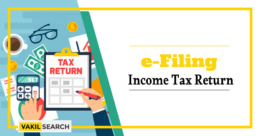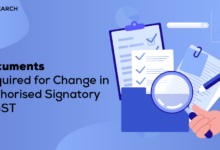What's New
-
 Patents
PatentsPatent (Amendment) Rules 2024: A Quick Look at Key Highlights
Overview: The Indian Patent Office introduced significant changes to the patent system with the Patent…
-

-

-

-
 Partnership Firm
Partnership FirmProvisions of Partnership Deed
Introduction The agreement among the partners can either be written or oral, and…
-

-

-

-
 Patents
PatentsPatent (Amendment) Rules 2024: A Quick Look at Key Highlights
Overview: The Indian Patent Office introduced significant changes to the patent system with…
-
 Copyrights
CopyrightsOld Songs Still Copyrighted?
Overview The idea that ‘old’ songs are exempt from Song Copyrighted protection is…
-
 Trademarks
TrademarksWhen and How to Amend a Registered Trademark?
Overview Trademark registration is a lengthy process that takes around a year. One…
-
 GST
GSTGST on Freelancers – Applicability & Rates
India has emerged as a hotspot for devoted freelancers, and as a result,…
-

-

-

Running a Business
-
 Bookkeeping and Accounting
Bookkeeping and AccountingRules for Accounting and Bookkeeping in 2024
Overview Accounting and bookkeeping are essential components of any successful business. They involve…
-
 Bookkeeping and Accounting
Bookkeeping and AccountingE-GRAS Portal
E-GRAS Portal Overview The E-GRAS (Online Government Receipts Accounting System) is an e-governance…
-
 Bookkeeping and Accounting
Bookkeeping and AccountingCost Accounting – Concept, Objectives, Types & Methods
The Cost Concept in Accounting is used in business to track, analyse, add up,…





















